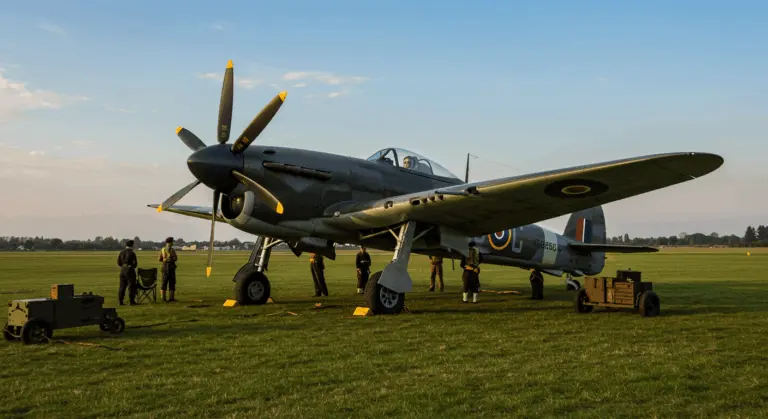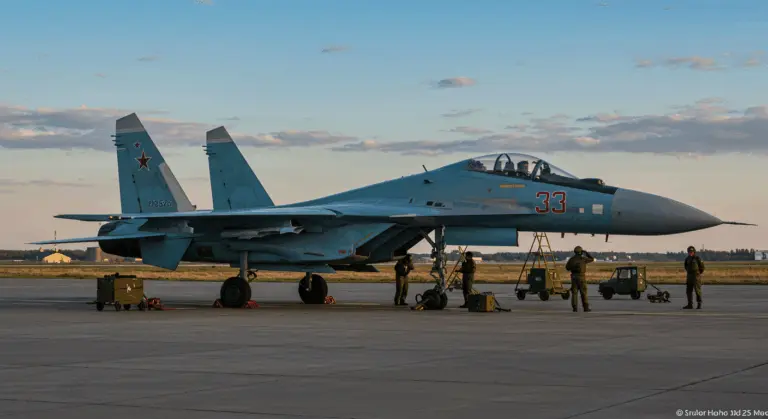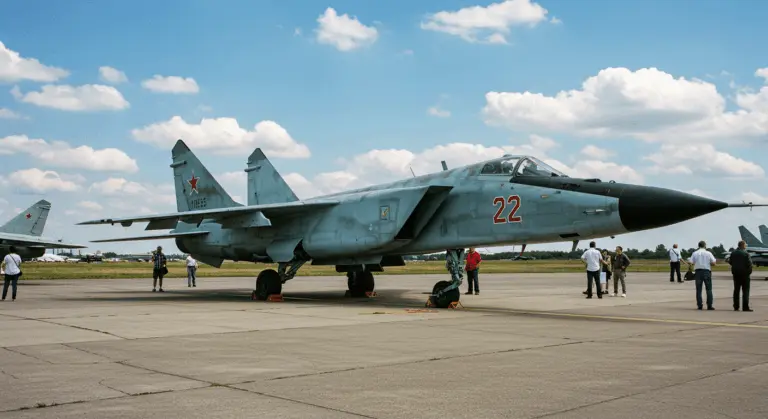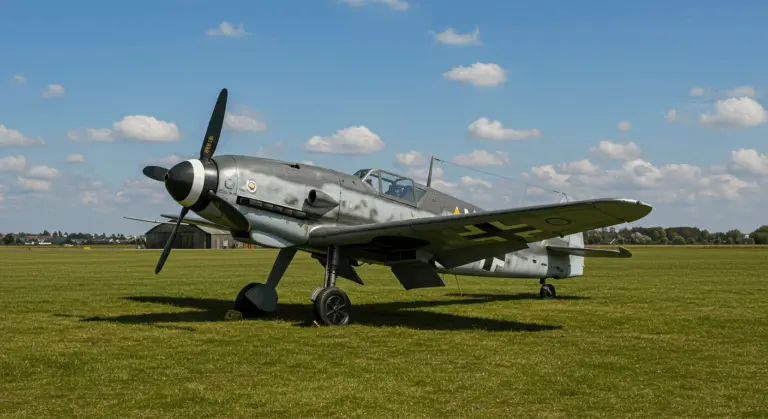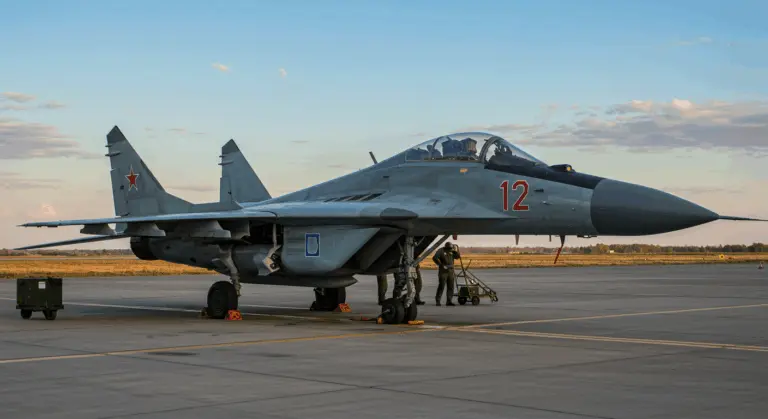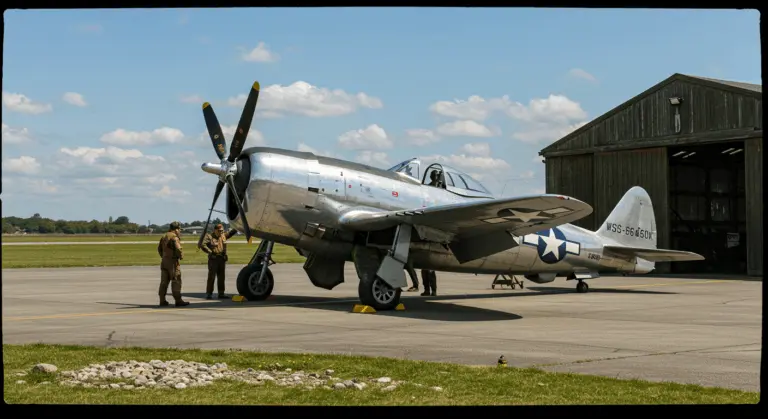Overview of the Dassault Rafale Fighter Jet
The Dassault Rafale stands as France’s premier twin-engine, canard delta wing multirole fighter, crafted by the renowned Dassault Aviation. This advanced combat aircraft ranks among today’s most capable multirole fighters, engineered to excel across an impressive spectrum of missions:
Built around an inherently unstable aerodynamic design tamed by sophisticated digital fly-by-wire controls, the Rafael embodies advanced aviation engineering. The aircraft’s signature canard delta wing configuration delivers remarkable agility while preserving stability throughout diverse flight conditions. The aircraft incorporates extensive use of composite materials in its construction, which contributes to both weight reduction and enhanced structural integrity.
Twin Saran Aircraft Engines M88 turbofans power the Rafael, generating an impressive thrust-to-weight ratio that enables superior performance characteristics. Beyond raw power, the fighter incorporates various stealth features that—while not achieving full stealth capability—significantly lower its radar signature compared to earlier generation aircraft.
The Rafael’s defining characteristic? Its remarkable versatility. The aircraft seamlessly transitions between mission types without requiring specialized variants—a cost-effective solution for air forces seeking to streamline their fleets.
Specifications of the Dassault Rafale
The Dassault Rafale family encompasses several distinct configurations, each designed for specific operational requirements. The fighter’s dimensions and performance specifications place it firmly in the top tier of modern combat aircraft. Measuring approximately 15.3 meters in length with a 10.9-meter wingspan, the Rafael effectively balances compact dimensions with formidable capabilities.
The aircraft’s performance specifications are notable. The Rafael reaches speeds exceeding Mach 1.8 (over 2,200 km/h) and climbs beyond 50,000 feet. Combat radius varies dramatically by mission profile—ranging from 1,000 to 1,850 km depending on payload and configuration. Particularly noteworthy is its ability to haul up to 9.5 tonnes of weapons and fuel across 14 hard points, showcasing exceptional payload capacity for its size class.
The naval variant, Rafael M, is one of the few non-U.S. fighters designed for carrier operations and includes several specialized modifications:
-
A reinforced undercarriage to withstand carrier landings
-
An arrestor hook
-
A built-in pilot access ladder
-
Compatibility with CATOBAR (Catapult Assisted Take-Off But Arrested Recovery) systems
Variants of the Dassault Rafale
Three primary variants comprise the Rafael family, sharing roughly 70% parts commonality—a strategic balance between specialized capability and logistical efficiency:
-
Rafael C (Chaser): The single-seat, land-based variant for the French Air and Space Force, optimized for air superiority and ground attacks.
-
Rafael B (Biplane): The two-seat, land-based variant featuring a second cockpit for a Weapon Systems Officer (WHO) to manage complex missions and reduce pilot workload. It is also used for training.
-
Rafael M (Marine): The single-seat, carrier-based variant for the French Navy. It is specially modified for naval operations but maintains nearly identical combat capabilities to its land-based counterparts.
Operational History of the Dassault Rafale
Since entering service in the early 2000s, the Dassault Rafale has built a substantial operational record across multiple conflict zones. French forces have deployed the aircraft extensively, proving its mettle in real-world combat scenarios that validate its multirole design philosophy.
The Rafael’s first combat deployment came during Operation Harmattan in Libya (2011), where it performed air superiority, precision strike, and reconnaissance missions. French Raffles spearheaded the coalition’s entry into Libyan airspace, delivering precision strikes while asserting air dominance. This operation validated the Rafael’s multirole capabilities in actual combat conditions.
Libya was only the start. In Afghanistan, Raffles provided crucial close air support and reconnaissance for coalition forces. Operation Serval in Mali showcased the aircraft’s remarkable reach—Raffles flew directly from French bases to African targets, demonstrating exceptional range and endurance. More recently, the fighter has played a pivotal role in anti-ISIS operations across Iraq and Syria, executing the complete spectrum of combat missions.
This proven combat record across diverse theaters has cemented the Rafael’s reputation as a premier multirole fighter—a track record that has attracted multiple international air forces to its ranks.
Technological Features of the Dassault Rafale
The Dassault Rafale incorporates advanced technology throughout its design, integrating cutting-edge systems across every aspect of its design. At the heart of its capabilities is the RBE2 AESA (Active Electronically Scanned Array) radar system, which provides superior detection ranges, multi-target tracking, and resistance to jamming compared to conventional radar systems. This sophisticated radar enables simultaneous detection and engagement of multiple threats while maintaining complete situational awareness.
The SPECTRA electronic warfare suite complements this radar capability—recognized as one of the most sophisticated defensive systems fielded on any fighter. SPECTRA integrates radar warning receivers, missile approach warning, electronic countermeasures, and decoy dispensers into a cohesive system that can automatically detect, identify, and counter multiple threat types. Combat operations have validated SPECTRA’s effectiveness, with Raffles penetrating heavily defended airspace while sustaining minimal losses.
The cockpit features advanced glass cockpit design featuring expansive multi-function displays and a wide-angle holographic head-up display (HUD). These interfaces deliver critical flight, navigation, and tactical data in an intuitive format, substantially reducing pilot workload during complex missions. Advanced sensor fusion further enhances capability by seamlessly integrating radar, infrared search and track (IRST), and additional sensors into a comprehensive tactical picture.
The platform’s flexibility allows for country-specific modifications, demonstrating Dassault’s willingness to meet customer requirements. The Indian variant, for example, includes numerous enhancements such as:
-
An indigenous UT TAM AESA radar
-
Enhanced cockpit displays
-
A new mission computer
-
A Unified Electronic Warfare Suite
-
In-flight refueling capability
-
An indigenous Onboard Oxygen Generation System
Upgrades and Future Developments for the Rafael
The Dassault Rafale’s evolution continues through systematic upgrades designed to maintain its position at the technological forefront. These improvements follow a standards-based approach, with each new standard introducing significant capability enhancements while maintaining backward compatibility with existing systems.
The F3R standard (2018) introduced compatibility with the formidable Meteor beyond-visual-range missile—considered among the world’s most capable air-to-air weapon. This standard also incorporated enhanced ground attack capabilities through integration of the TALOS targeting pod and improvements to the aircraft’s sensor suite and communications systems.
The F4 standard marks a significant advancement, emphasizing networked operations and emerging threat countermeasures. Key improvements include:
-
Enhanced connectivity for networked combat
-
Upgraded radar and sensor capabilities
-
New weapons integration
-
Advanced maintenance systems using artificial intelligence
Looking ahead, the F5 standard aims to keep the Rafael combat-ready until at least 2040. Planned enhancements include conformal fuel tanks for extended range and additional stealth refinements to further reduce radar signature. Eventually, the New Generation Fighter (NGF)—developed under the European Future Combat Air System (FCS) program—will succeed the Rafael.
International Operators of the Dassault Rafale
The Dassault Rafale has gained considerable traction in the competitive international fighter market, with multiple nations beyond France embracing the aircraft. This growing international adoption validates the Rafael’s capabilities while expanding its global footprint in military aviation.
-
France: The primary operator, using the Rafael C/B variants in the Air and Space Force and the Rafael M in the Navy.
-
Egypt: The first export customer (2015), acquiring the fighter to modernize its air force.
-
India: Operates the Rafael with country-specific enhancements as a key part of its defense strategy.
-
Qatar: Acquired 36 Raffles to modernize its air force.
-
Greece: Ordered new and used Raffles to bolster its air defense capabilities.
-
United Arab Emirates (UAE): Placed a record order for 80 Rafael F4 aircraft in 2021.
-
Croatia & Indonesia: Have also selected the Rafael for their future fighter requirements.
Challenges and Controversies Surrounding the Rafael
Despite impressive technical achievements and operational success, the Rafael program has weathered its share of challenges and controversies. These issues have ranged from program delays and cost overruns to political controversies surrounding export deals.
Development took longer than expected. Conceived in the 1980s with ambitious goals of creating a single multirole platform to replace multiple specialized aircraft, the Rafael didn’t enter service until the early 2000s—nearly two decades later. Cost overruns accompanied these delays, a common affliction among advanced fighter programs.
Export campaigns encountered fierce competition from American, Russian, and European rivals. For many years, the Rafael struggled to secure international orders despite participating in numerous competitions. Critics pointed to its high acquisition cost compared to some competitors, though defenders argued that its lower life-cycle costs and multirole capabilities offered better long-term value. Egypt’s 2015 order finally broke the drought, paving the way for additional international orders—but only after years of frustrating near-misses.
India’s acquisition sparked the biggest political debate in the Rafael’s export history. The 2016 deal for 36 fighters became the center of intense political debate in India, with opposition parties alleging irregularities in the procurement process and questioning the cost of the aircraft. Though no conclusive evidence of wrongdoing emerged, the affair highlighted the political complexities of major defense procurements.
Moving forward, Dassault continues to face the ongoing challenge of marketing the Rafael internationally—defending its combat credentials against competitors while addressing persistent concerns about acquisition costs and technology transfer arrangements.

